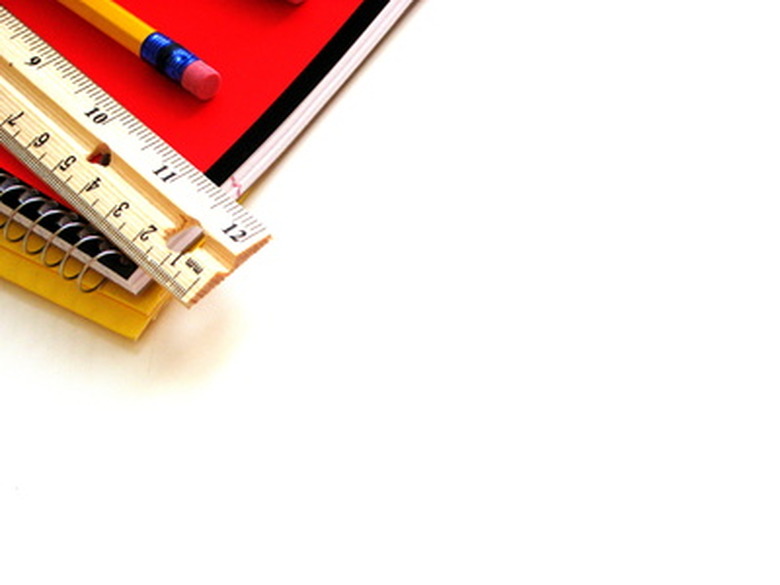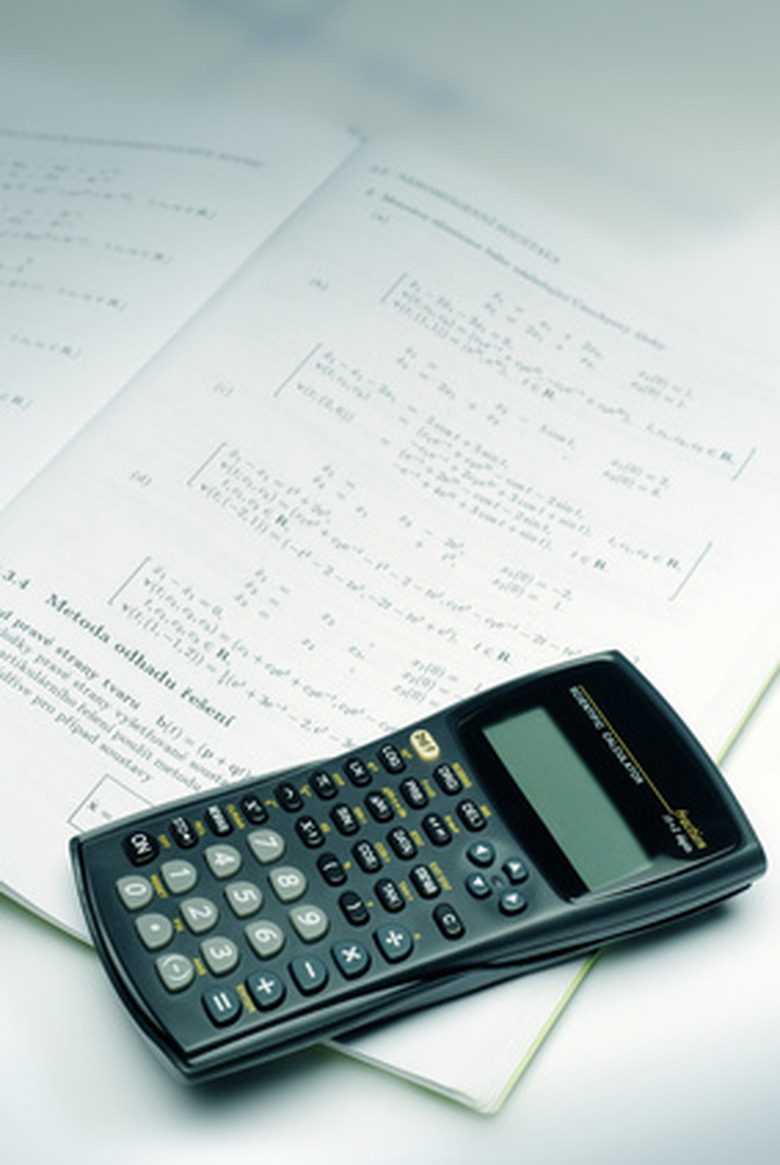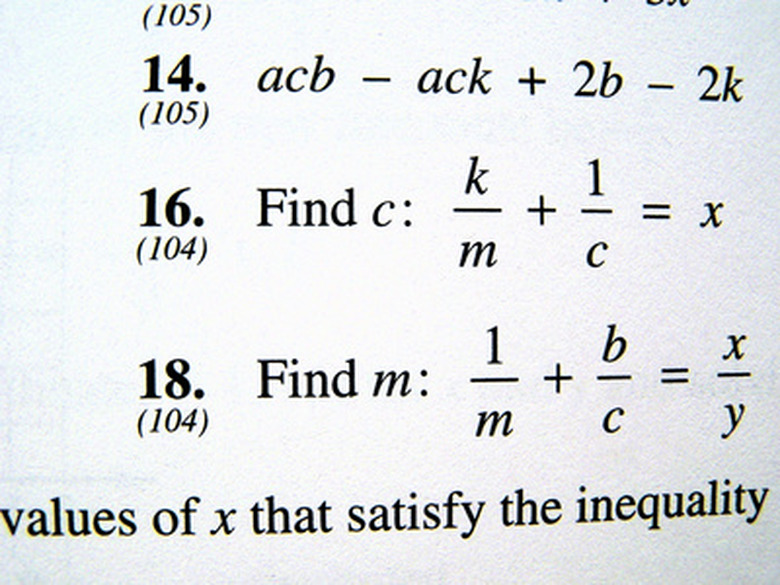Precalculus Tips
For many students, precalculus is more confusing and frustrating than any other subject, but it doesn't have to be so hard. With a little preparation, you will find yourself breezing through your homework and acing your exams.
Get a Graphing Calculator
Get a Graphing Calculator
First, you will need to get the proper supplies for precalculus, including pencils, a ruler, notebook paper, graph paper and, most importantly, a graphing calculator. A graphing calculator is a handheld calculator that plots graphs, solves equations and performs many other tasks with variables. Because you will use the graphing calculator every day, it is absolutely necessary that you learn how to use it. You can do so by reading the manual or asking your teacher.
Learn the Language
Learn the Language
From the first day of class, you will begin to see that precalculus is a language unto itself. It has unique terms that you are probably unfamiliar with, such as variables, exponents, functions and polynomials. Learn these new words just as you would learn vocabulary in your foreign language class. Keep a list of these new terms on a piece of paper or start making flash cards, but whatever you do, don't breeze past them.
Don't Cram
Don't Cram
Unlike some of your other subjects, success in precalculus is not based on memorization. Instead, you need time to read about and understand concepts. So, give yourself that time and don't start studying the night before an exam.
Practice
Practice
The final tip for succeeding in precalculus is the most critical: Practice. You should do as many problems as you can, even if your teacher only assigns a few for homework. Your textbook will be a great place to get additional problems, but don't forget the Internet. Just type "precalculus practice" in a search engine to access many websites that offer free homework sets with answers. As with skill, the more you practice, the better you will be.
References
Cite This Article
MLA
MaryamB, . "Precalculus Tips" sciencing.com, https://www.sciencing.com/precalculus-tips-12746102/. 13 December 2010.
APA
MaryamB, . (2010, December 13). Precalculus Tips. sciencing.com. Retrieved from https://www.sciencing.com/precalculus-tips-12746102/
Chicago
MaryamB, . Precalculus Tips last modified August 30, 2022. https://www.sciencing.com/precalculus-tips-12746102/




